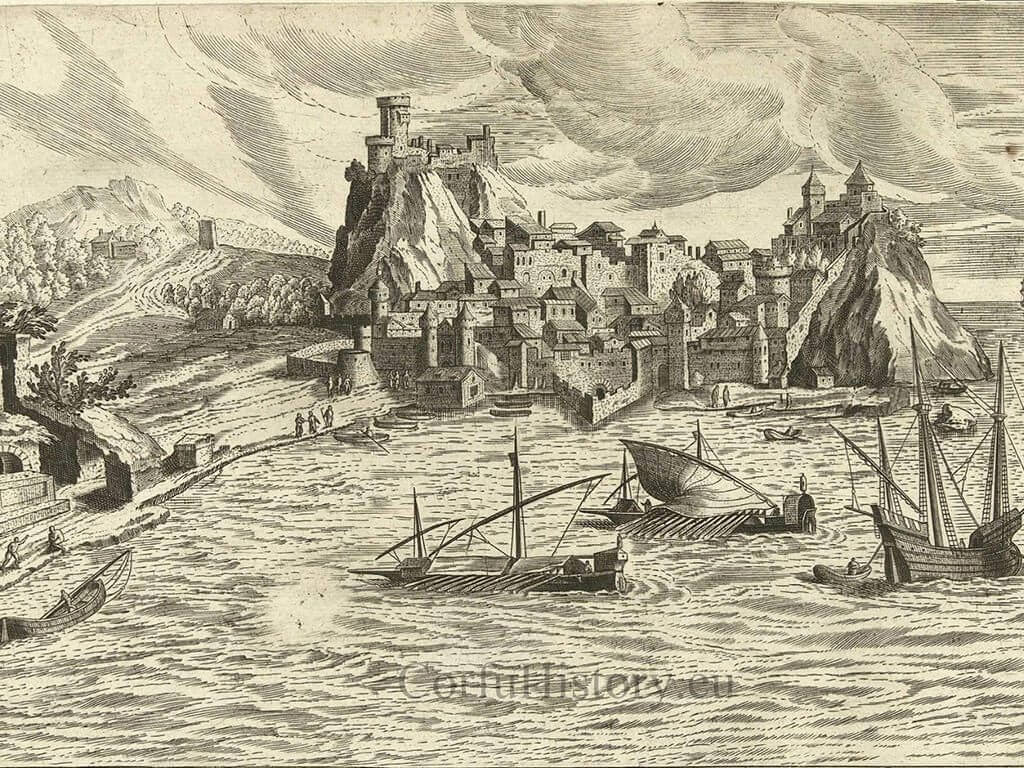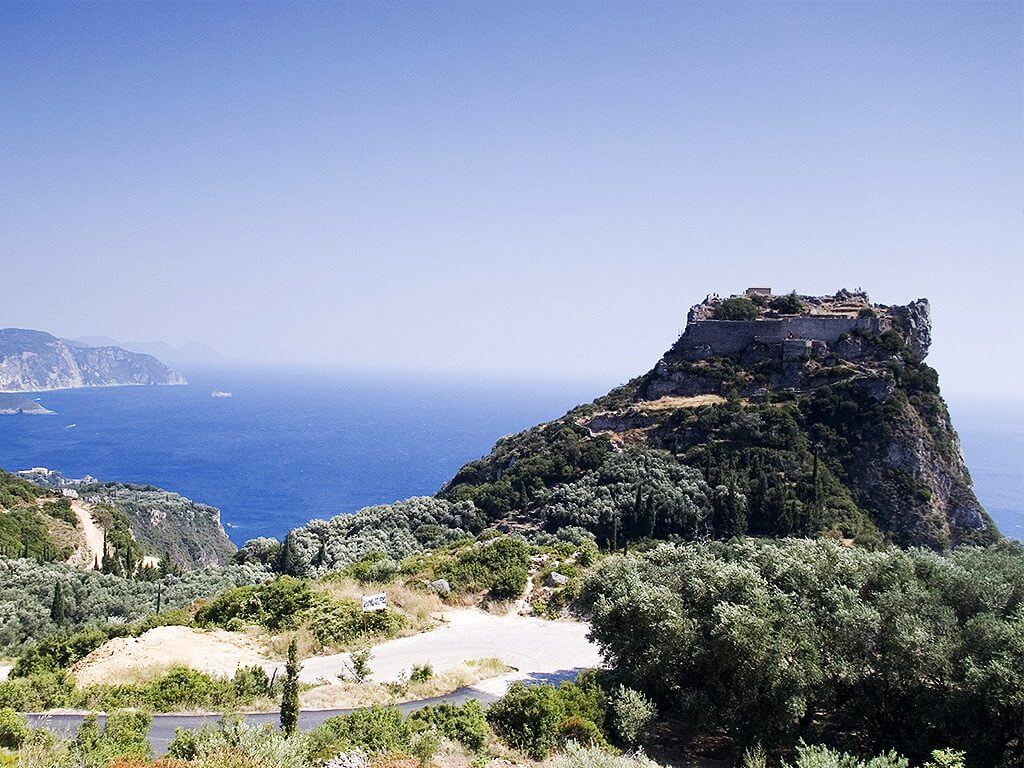
Old Fortress, Corfu
The earliest indication of fortifications on the site presently occupied by the Old Fortress dates from around the 6th century AD, after the destruction of the ancient city of Corcyra by the Goths. The Gothic invasion forced the Corcyreans to seek shelter inside fortifications on the peninsula at the tip of the city.
Following a hiatus where no political or military developments in the citadel are known between the 7th-10th centuries AD, the first report of renewed fortifications occurs in early 11th century when Anna Komnene refers to it as the “very strongly fortified city of Corfu” in her book the Alexiad.
The citadel features two peaks which were fortified by strong towers for centuries. The western and higher peak, which is closer to the town, was fortified by the Byzantines around the 12th century AD and was called Castel a Terra or “Castle near the Land” by the Venetians, who also called it Castel Nuovo or “New Castle”. The eastern peak was called Castel a Mar (Castel by the Sea) or Castel Vecchio (Old Castle) by the Venetians and was also used as powder magazine for a time.
The bridge to the city and the Contrafossa. The hill of Castel a Terra is visible to the east of the main gate.
Following the Gothic invasion and until the 13th century, the medieval town of Corfu developed within the boundaries of the peninsula which today is occupied by the Old Fortress. In the early 15th century the Venetians started replacing the old Byzantine fortifications.
Following the first Siege of Corfu by the Ottomans in 1537, the Venetian Governor ordered the construction of new defensive zones incorporating new bastions and towers which exist to this day. Venetian military engineers Savorgnan and Martinengo designed bastions for the Fortress between 1545 and 1555 which are considered masterpieces of military engineering.
As part of their defensive plans for the peninsula of the citadel, and to secure its perimeter, the Venetians created the Contrafossa, a moat which transformed the citadel into an artificial island. The moat exists to this day and is still known to the locals under its Italian name. Since the creation of Contrafossa, access to the citatel was by a drawbridge, which in modern times has been replaced by a permanent one.
Reference: Wikipedia












